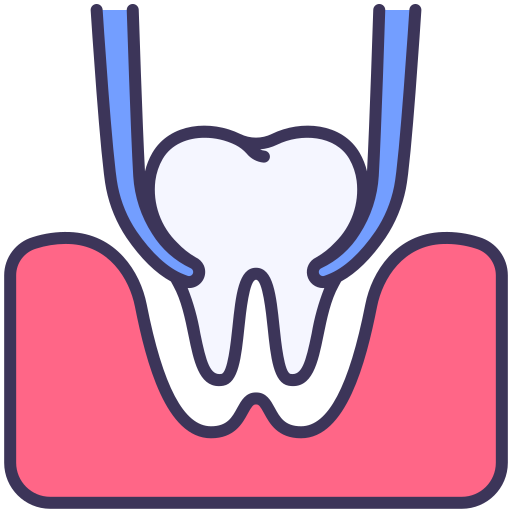Extractions
Extractions
A tooth extraction, also known as tooth pulling, is a dental procedure to remove a tooth from its socket in the jawbone. Extractions are often necessary for teeth that are severely decayed, damaged beyond repair, impacted, or contributing to overcrowding. There are two main types: simple and surgical.
Simple Extractions:
Involve teeth that are visible and accessible in the mouth.
Often performed by general dentists.
Utilize local anesthesia to numb the area.
The dentist loosens the tooth with an elevator and then removes it with forceps.
Surgical Extractions:
Required for teeth that are impacted, broken, or difficult to access.
May involve cutting into the gums or bone to access the tooth.
Often performed by general dentists or oral surgeons.
Can involve local, general, or intravenous anesthesia.
Reasons for Extractions:
Severe tooth decay (cavities) or damage: When a tooth is so damaged that it cannot be restored.
Impacted wisdom teeth: Wisdom teeth that don't have enough space to come in properly.
Gum disease (periodontal disease): Advanced gum disease can loosen teeth and lead to their removal.
Orthodontic treatment: In some cases, teeth may be extracted to create space for orthodontic treatment.
Trauma: Injury to a tooth can make extraction necessary.
Aftercare:
Follow your dentist's instructions carefully.
Control bleeding with gauze pads.
Manage pain with prescribed or over-the-counter medications.
Avoid smoking and strenuous activity.
Maintain good oral hygiene (avoid the extraction site).



